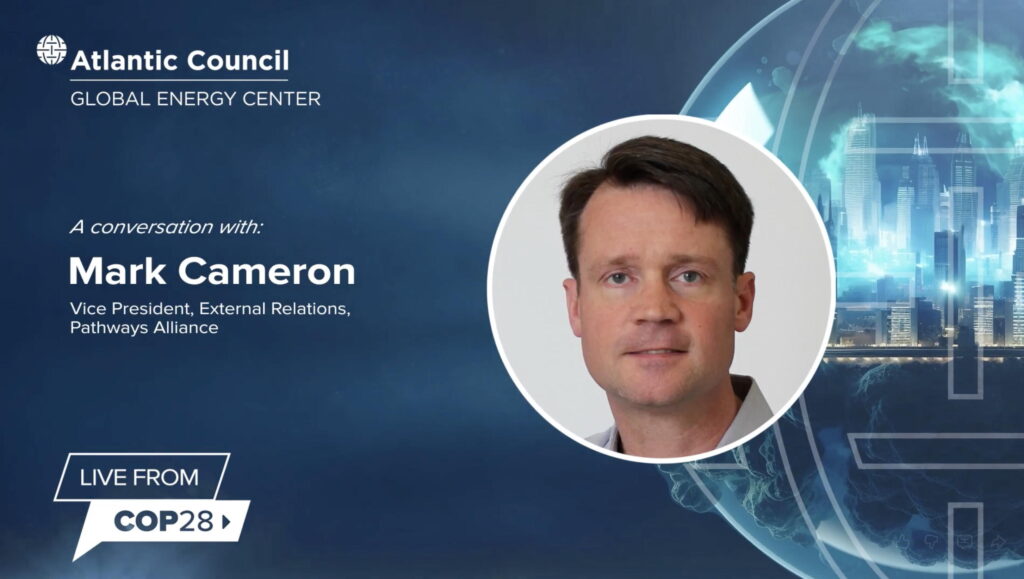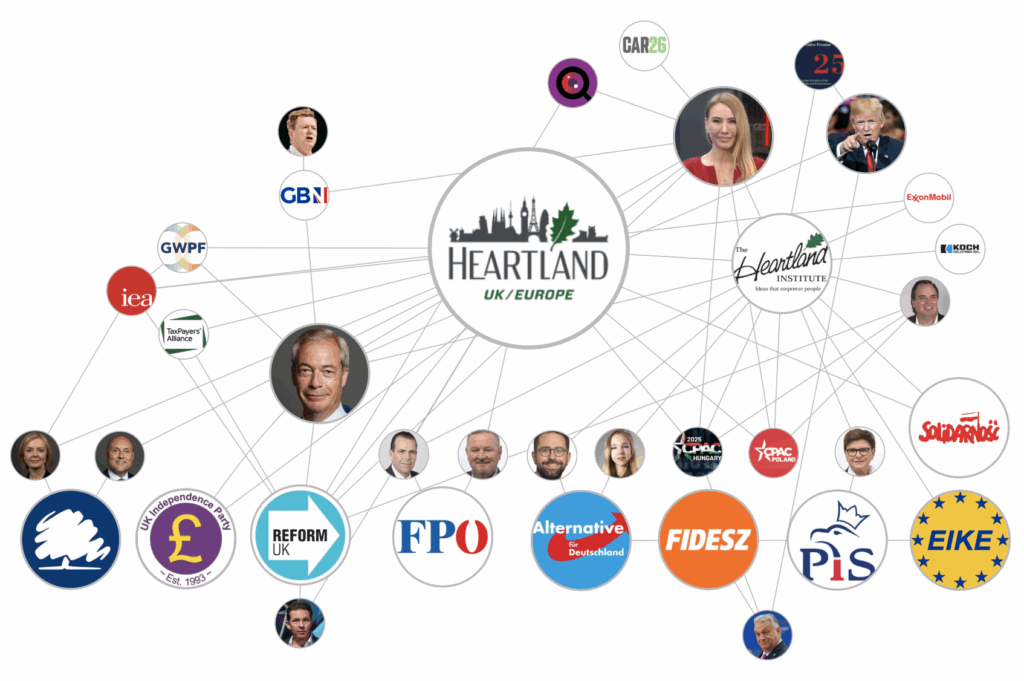New media organisations feature climate science deniers more than climate scientists, while the mainstream media promotes “false balance”, according to a new study published today in Nature Communications.
The authors examined some 100,000 English-language media articles relating to climate change for how often they mentioned a hand-picked group of 386 scientists and 386 contrarians.
The mainstream media is regularly accused of ‘false balance’ — where a climate science denier is invited to ‘balance’ the debate, despite the fact that rising temperatures driven by human-caused emissions is not scientifically disputed. But the study finds that across a sample of mainstream and new media, non-experts are actually given more visibility than experts.
Across all media sources, climate change contrarians were mentioned around 26,000 times – 49 percent more than climate change scientists.
The comparative attention afforded to scientists increased when the authors reduced their search to 30 mainstream media outlets, including the Guardian, the New York Times and the Washington Post.
Across these mainstream publications, sceptics and scientists were mentioned roughly the same number or times. Indeed, the most elite 224 scientists were mentioned 38 percent more times than the 224 contrarians that had at least one scientific paper to their name.
Visibility
Does that mean the mainstream media is doing a good job? Not really. Alexander Petersen, the paper’s lead author and assistant professor at the University of California Merced, questions why contrarians are still visible in the media at all.
“This is a challenge to modern information systems, which can readily scale up any voice to a very large magnitude. We’ve demonstrated objectively the degree to which new media can really amplify small positions,” he told DeSmog.
“Journalists should have moved beyond this supposed debate that really doesn’t exist, and should move onto other aspects of climate change communication – for example discussing how policy should proceed to really take action. Yes, there’s a small pool of these sceptics but it’s not clear to me why they’re even in the conversation.”
High Profile Voices
The paper highlights the media sources that publish most prolifically on climate change, alongside those that most frequently mention climate scientists. Among the blogs and publications that are frequently publishing on climate change, and which have a known preference for publishing sceptics, are Climate Depot and Heartland.
The three most visible climate scientists are Michael Mann, Kevin Trenberth and Andrew Weaver (the latter is also the leader of the Green Party in British Columbia). The contrarians on which the paper focuses are kept anonymous. The database was assembled partly through data gathered by DeSmog, which did not have any role in the research.
The paper suggests that the parity between sceptics and scientists in the mainstream media could be down to an ingrained tendency among journalists to seek “balance” – until 1987, contrarians in the US were guaranteed airtime by the U.S. Federal Communications Commission Fairness Doctrine.
By now, false balance should be a thing of the past, as the evidence for climate change becomes undeniable, says Petersen. “There should be a better effort on both sides, both by the journalist seeking sources and the scientists promoting their work, to have more of an interactive dialogue that brings the scientists into these media articles as authorities,” he suggests.
“We need to give the microphone back to the scientists so they can make various findings and recommendations crystal clear.”
Image: Jan Ramroth
Subscribe to our newsletter
Stay up to date with DeSmog news and alerts






